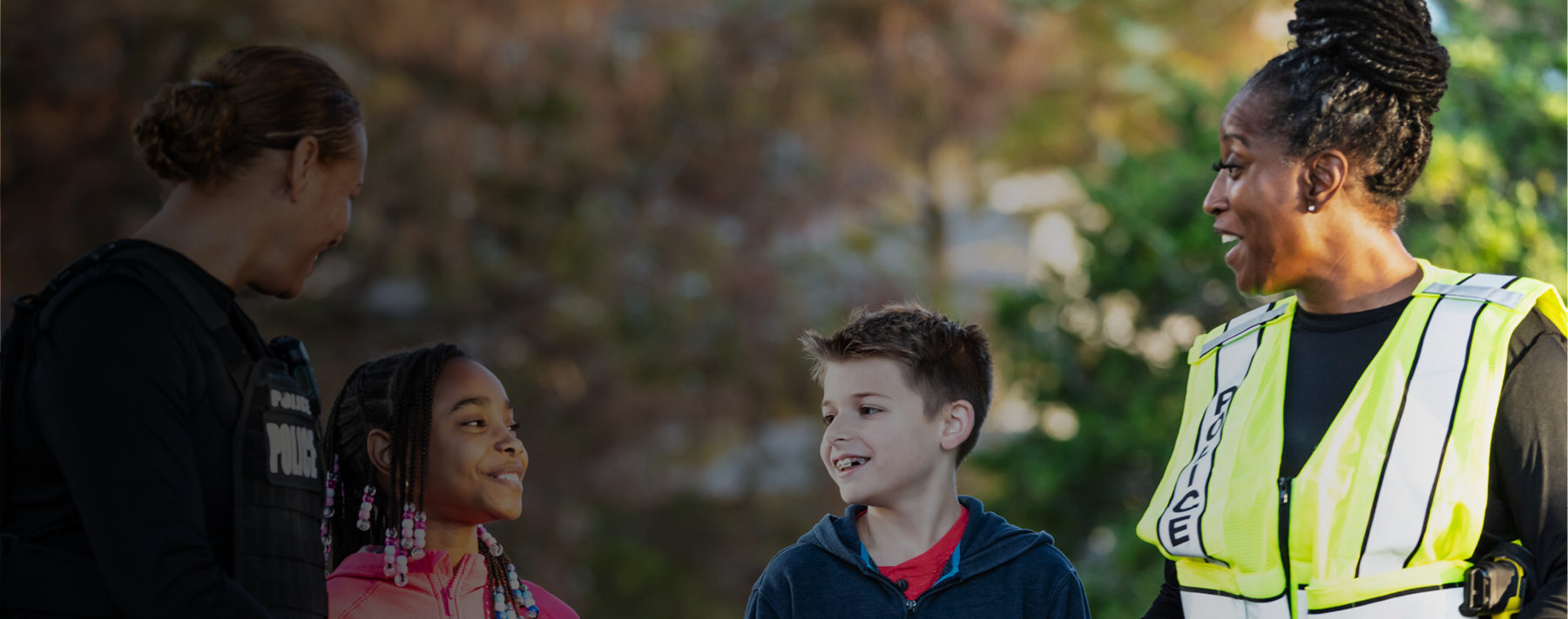Using motion detectors and cameras, JFK’s Perimeter Security Detection System (PIDS) is supposed to deter both trespassers and potential terrorists who approach by water. But as these two examples show, it simply doesn’t work. As you may know, JFK, LaGuardia and Newark International airports are run by the New York/Jew Jersey Port Authority. When faced with the allegations that PIDS fails to live up to its promise, one of the current Port Authority bosses blamed past bosses for the problem. The buck stops, er, ummmm … over there.
So what’s this got to do with firefighters? Policy? Risk management? Another wonderful lesson learned.
You can spend all the money in the world on whatever, but if it doesn’t work, you have essentially squandered the taxpayers’ money and failed to meet the goal. But even putting waste aside—in this case, if the jet skier had turned out to be a bad guy, he could have killed a bunch of people. Including cops and firefighters. Stretching the imagination? Never forget.
So now break this down to the most basic level of what fire departments do. A fire department’s mission is to be ready. For whatever. Just be ready. When we are ready, things usually work out pretty well. When we aren’t, the endings often suck.
What do we need to be ready for? Whatever someone could call 9-1-1 and say they need fixed really fast. Their bedroom is on fire. Their uncle is choking. That green stuff is leaking. People are trapped in a car. They smell gas. Their home is full of smoke—on the 19th floor.
Being ready doesn’t mean sitting around waiting for the run. Ready means using all the time we possibly can before that run comes in to prepare for the run. Be it a staffed or unstaffed firehouse, being ready takes on numerous levels, but since the JFK story is about equipment being ready, we’ll focus on that.
Fire departments use a lot of equipment: thermal imagers, extrication tools, nozzles, radios, SCBA, bunker gear, etc. This equipment is essential to our ability to save lives, and to survive while doing so. Yet some in our business regard equipment checks as a “check the box” task. That is pure laziness, dangerous and criminal.
There was a dwelling fire a few years ago when the captain and a firefighter pulled a handline off their engine to start hitting the fire. The problem was that it was missing the nozzle. They figured that out once they got to the back door to make entry. Now what? The “thumb on the hose” trick doesn’t work real well on a fire hose, Sherlock. Another time a crew was brought in for their thermal imager and discovered the batteries were dead when they got inside. No doubt you have similar stories of your own.
In firehouses that respond to numerous fires, the good companies develop ways to ensure their equipment will be ready. The saw will definitely start. The hoseline absolutely has a nozzle. The TIC is charged up and working. The radios work. Because they’re drawing on these tools frequently, taking care of them and checking them becomes second nature. The firefighters get it and the bosses do too.
The challenge is when we are not so busy (which is pretty much any firehouse, at various times) or when we use a tool infrequently (as is the case with so many tools we carry). It’s easy to blow off the need to ensure that the tool will work every time without fail. Imagine you and your crew make a run and whatever is needed to make a difference doesn’t work because it wasn’t checked. Maybe some members are trapped and you and your tools are expected to get them out. Oops. You need to transmit a Mayday but you forgot to check your radio batteries before having coffee. The boss needs your crew to vent the roof immediately and your saw is out of fuel. You pull up on a car fire and the booster tank wasn’t filled from the last run.
Whatever it is, check it. Make sure it works. Make sure it can be counted on. “Whatever” is any piece of equipment on any apparatus you may have to ride on: Every tool. Every battery. Every switch. Whatever. And remember that testing requires using the equipment in the way it’s supposed to be used. Forget “self-testing” systems. Flow the nozzle, start the saw, transmit the radio. It’s not easy. It’s easier to watch Family Guy or play Angry Birds. But it is necessary.
And chiefs, make sure you have, in writing, strong policies that detail the need to check equipment, how to check it and who’s responsible for checking it. Because if something goes wrong, you won’t be able to blame the chief who came before you.
The Port Authority found out that their million-dollar taxpayer-bought equipment failed miserably. Twice. Luckily it wasn’t a bad guy that helped them find out. At least not that time.
Ready… Set…



